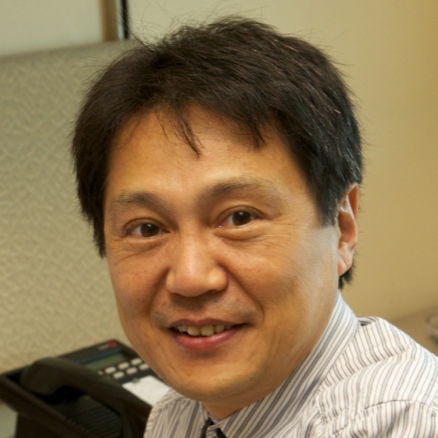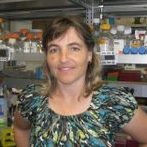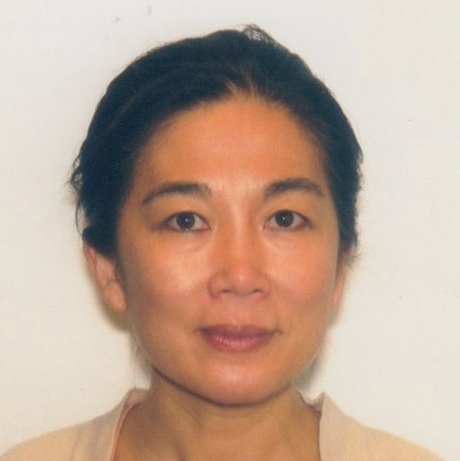Gene Therapy for Diabetes
Contact PI: Hiroyuki Nakai, PhD, Oregon Health & Science University (U01 DK123608)
Markus Grompe, MD, Oregon Health & Science University, Investigator
Mark A Kay, MD, PhD, Stanford University, Investigator
Start Date: September 20, 2019
End Date: April 1, 2025
*Moved from CTAR to CBDS on November 1, 2023
Abstract
Two potential approaches exist for the replacement of the β-cells lost in type 1 diabetes (T1D). The first is to transplant new β-cells derived from either allogeneic pancreas donors or stem cells. The second approach is to generate new β-cells in situ in the T1D patient without any need for cell transplantation. This can be achieved by transcription factor mediated reprogramming of endodermal cell types related to β-cells. Gene therapy vectors are used to deliver the reprogramming factors. We and others have recently found that it is possible to correct diabetes in mice by retrograde ductal injection of reprogramming vectors. Intraductal delivery has the advantage of delivering a high dose of gene therapy vector locally, minimizing systemic side effects and achieving a high local concentration of reprogramming factors. Furthermore, this route of administration is readily feasible in humans, as ERCP (endoscopic retrograde cholangio-pancreatography) is a routine procedure in clinical gastroenterology. Preclinical work in rodents indicates that α-cells are the prime target for reprogramming, while pancreatic ducts may also be converted to functional β-like cells. In this proposal, we will develop AAV vectors that are optimized for reprogramming the α-cells of humans and non-human primates to the β-cell fate after intraductal delivery. We are building on the progress made in our previous HIRN UC4 grant, in which we developed novel AAV capsids capable of transducing human endocrine cells with high efficiency. We also evolved cis-regulatory elements (CREs) capable of restricting transgene expression to only β-cells. In Aim 1, we will produce novel AAV capsids (variants) that are highly efficient in transducing pancreatic α-cells and duct cells after retrograde injection in non-human primates in vivo. Highly innovative capsid evolution methods will be used. In Aim 2, we will generate CREs that direct transgene expression specifically to the reprogramming target, i.e. α-cells. Cell-type specific promoters will be combined with microRNA recognition elements to achieve this goal. Finally, in Aim 3, AAV capsids generated by Aim 1 and CREs developed in Aim 2 will be combined to produce optimized AAV capable of delivering reprogramming factors to α-cells and its capability of reprogramming will be assessed in non-human primates. Successful execution of this work will generate the preclinical data needed to determine whether this approach has potential for clinical application in humans.
Meet the Grant Team
Investigators |
|
Hiroyuki Naki, PhDInvestigator |
Marcus Grompe, MDInvestigator |
Mark A. Kay, PhDInvestigator |
|
Research Staff |
|
Katja Pekrun, PhDSenior Research Scientist
|
Sunghee Chai, PhDSenior Research Associate |
|






